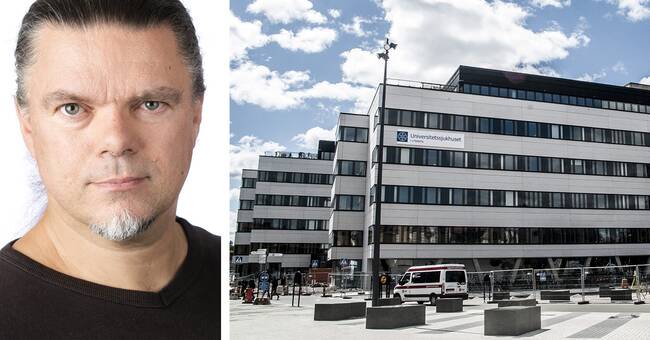The region has compared the deaths in Östergötland where the person had confirmed covid-19 and died in special accommodation or at home during the first and second covid-19 wave, respectively.
Both waves cover three months - the first first wave between March 31 to June 30, 2020 and the second October 15 to January 15 of the same year.
- The review is a way for us to learn more about the pandemic and part of our patient safety work, says Stefan Franzén, medical director in the Östergötland Region in a press release.
More died outside the hospital
The region's review shows that 135 people died in special housing or in homes after the first three months of the second wave.
It can be compared with the number 122 during the first wave.
The report states that the measures taken to reduce the spread of infection had no effect on mortality.
The measures involve more protective equipment, staff training and the introduction of special wards for infected people.
- The result is a bit surprising, but it seems that despite the measures, the infection has spread to homes and that mortality is to a greater extent instead affected by fragility, comorbidity and age, says Stefan Franzén.
According to the region, factors such as vein, sex, comorbidity, fragility, cause of death and hospitalization have been compared with the results of the examination during the first wave - the outcome was basically the same in all areas.
Covid direct cause of death in 15 percent of cases
In 15 percent of the deaths, covid-19 was judged to be the direct cause of death during both waves.
For 70 percent during the first wave and 76 percent during the second wave, covid-19 was a contributing factor.
Everyone who died had a significant or severe fragility during both time periods.
112 and 115 people had extensive comorbidity and half of the deceased were 88 and 89 years or older, respectively.
During both the first and the second wave, care plans were established in 90 percent of the cases.

